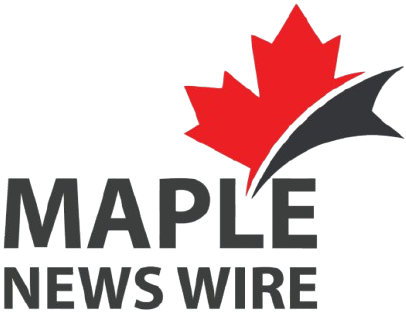BMO forecasts economic slowdown in Canada due to U.S. trade war, projecting 3 rate cuts and a 7.7% unemployment rate by the end of 2025.
The latest economic outlook from BMO projects that both Canada and the United States will face rising economic casualties from the ongoing trade conflict—even if some tariffs are rolled back. According to BMO economist Sal Guatieri, the fallout will prompt the Bank of Canada to cut interest rates three times in 2025, pushing the overnight rate down by 75 basis points to two percent by year-end.
Shallow Recession Expected, Exports to Decline
The report suggests Canada is on track for a shallow economic downturn, with modest GDP contraction expected in the second and third quarters of 2025. Key contributing factors include:
- Tariffs on steel, aluminum, and motor vehicles
- Weakening consumer and business confidence
- Disruptions in export demand and supply chains
Although BMO expects some tariffs to be lifted following trade negotiations, the damage to Canada’s export-driven economy is already taking hold.
U.S. Slowdown to Add Pressure on Canadian Growth
Guatieri also projects the U.S. economy will stall temporarily, with rising inflation and slower annual GDP growth. The Federal Reserve is forecast to hold interest rates steady in the near term, followed by gradual cuts totaling 150 basis points by mid-2026.
The Bank of Canada, however, is expected to move sooner to stimulate the domestic economy, beginning its easing cycle in June 2025.
Ontario to Be Hardest Hit by Sector-Specific Impacts
BMO’s forecast warns that Ontario, with its heavy reliance on automotive and steel manufacturing, will likely bear the brunt of the downturn. Overall, Canada’s annual growth is expected to slow to just 0.7 percent, down from 1.5 percent in 2024.
The report also highlights that while the average effective tariff on Canadian exports to the U.S. stands at around five percent, the remaining levies—particularly on auto parts—are enough to depress export volumes and strain productivity.
Unemployment to Climb, With Over 100,000 Jobs at Risk
While Canada’s employment levels have so far remained stable, BMO believes this may be the “calm before the storm.” Guatieri predicts that over 100,000 jobs could be lost as the downturn unfolds, bringing Canada’s unemployment rate to 7.7 percent by the end of 2025.
The economic drag will likely increase reliance on monetary easing, especially as domestic inflationary pressures appear limited.
Inflation to Remain Contained Despite Trade Tensions
Unlike the U.S., where inflation is expected to approach four percent, BMO projects Canadian inflation will remain close to the two percent target throughout 2025. Key reasons include:
- Lower energy and fuel prices
- The anticipated end of the carbon tax
- Rising unemployment, which could dampen wage growth and consumer demand
While counter-tariffs may temporarily boost prices, they are not expected to push inflation above manageable levels.
A Delicate Balance Between Stimulus and Stability
BMO’s forecast underlines the delicate balancing act facing Canadian policymakers. While monetary stimulus appears imminent, fiscal policy and trade dynamics remain unpredictable. The economic trajectory will hinge largely on developments in U.S.-Canada relations and the scope of any resolution to the tariff standoff.
Stay with Maple News Wire for continued updates on Canada’s economic outlook, central bank policy, and cross-border trade developments.




